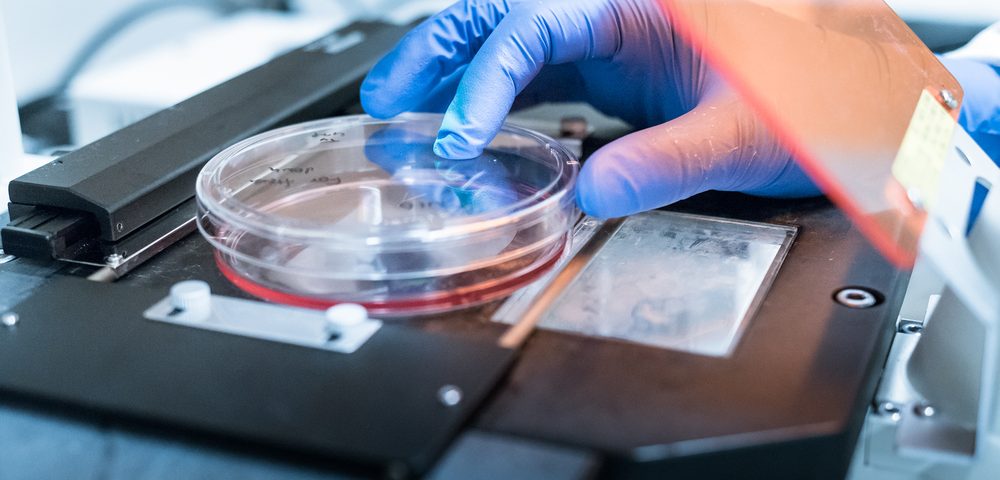Breast cancer stem cells can induce the metastatic potential of neighboring cells through the secretion of specific molecules, according to a study developed in the University of Colorado Cancer Center and presented at the American Association for Cancer Research (AACR) 2016 Annual Meeting that took place in New Orleans, Louisiana, April 16-20.
Epithelial cells — the most common cells found in the breast tissue — can lose their differentiated state and become mesenchymal stem cells in a process that is called epithelial to mesenchymal transition (EMT). This process, which grants otherwise anchored cells migratory and invasive properties, is essential throughout development and in wound healing, but is mostly known for its role in metastasis initiation.
Epithelial cells that detach from their tissue substrate undergo a programmed cell death known as anoikis, hampering them from traveling through the blood and propagating the cancer to other parts of the body. However, cells that underwent EMT are able to detach and survive, leading to cancer spreading. The researchers found that in addition, these cells can also secrete molecules that allow the neighboring cells to detach and metastasize.
“A tumor is not one thing. There is heterogeneity — many kinds of cancer cells acting in many different ways. What we show is that within a breast tumor, cells that have undergone a transition that makes them stem-like secrete transcription factors that affect the behaviors of surrounding cells, making these cells able to detach from the tumor site and move through the body to seed sites of metastasis,” explained Heide Ford, PhD, investigator at the CU Cancer Center and associate professor in the CU School of Medicine Department of Obstetrics and Gynecology, in a press release.
EMT is induced by specific transcription factors, such as Twist1, Snail1 and Six1, that modify the expression of particular genes characteristic of the epithelial or mesenchymal phenotype. The team led by Dr. Ford introduced those transcription factors in EMT cells and cultured them with epithelial breast cancer cells that lacked the three transcription factors. Their results demonstrated not only that cells expressing Twist1 and Snail1 increased the ability of the otherwise fixed epithelial cells to migrate and invade, but also that the material in which the EMT cells had grown could induce a similar phenotype.
“It is not the presence of EMT cells that creates the invasive characteristics of epithelial cells,” Ford concluded. “It is the presence of these transcription factors created by EMT cells.”
In their study, the investigators reveal another molecular player, the hedgehog pathway, and show that it is required for the transcription factors to induce EMT.
“The conditions that lead to secretion of these transcription factors are different in different contexts, but eventually it all goes through hedgehog,” Ford said. “You can try to break this signaling chain at any point, but we show that breaking the chain above hedgehog might not have much effect – EMT cells may still be able to influence epithelial cells through other channels. But because all of this signaling passes through hedgehog, downstream inhibitors could be efficacious in treating metastatic progression of breast cancer.”

